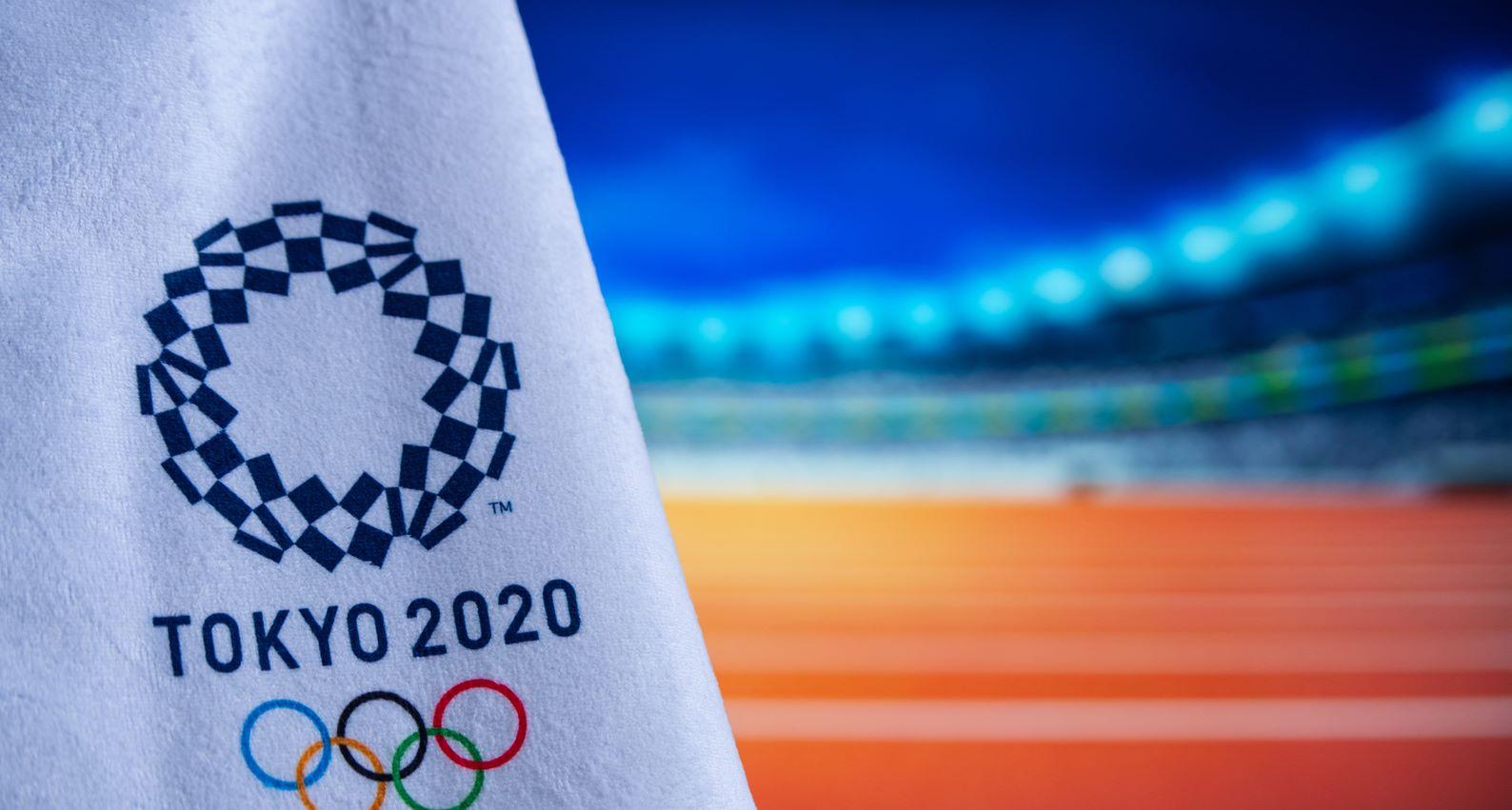Role of Technology in Organizing Tokyo Olympics 2020 during COVID-19
Published on 04 Aug, 2021

Tokyo Olympics 2021 is becoming a landmark sports event because of the introduction of new-age innovative digital solutions. Technology aids the smooth organization and functioning of the event and enriches viewer experience. With digital solutions such as autonomous vehicles, robots, and 5G-enabled viewing experience, this year’s Olympics has many firsts. Could such technology-driven events be the future of sports?
Technology is fast becoming an essential component of all sports events, including the much-celebrated Olympics. Tokyo Olympics 2021, scheduled for July–August 2020, were postponed as the global pandemic hit the world. While the games finally started in July, the shadow of COVID-19 is still upon us. The organizers are employing technology to ensure the show goes on with safety protocols in place.
The rapid pace of technological development has led to emergence of many innovations that help ensure contactless processes while maintaining high level of efficiency. The organizers are using technology in every sphere from logistics to security and compliance with rules. Some of the digital initiatives are as follows:
- Autonomous vehicles – The Japanese government introduced self-driving cars for all local logistics related to the Olympics. The cars run on a pre-determined route such as airports and other venues related to the Olympics.
- Robots – For the first time in the history of sports events, robots have been utilized to assist and guide individuals. Designed to be the representatives of the games, these robots take care of activities such as allowing visitors, guiding them in the right direction, wheelchair assistance, carrying luggage, and providing event information. Some robots also carry sports equipment such as javelins and discusses thrown by participants on the ground. Approximately 8 to 10 types of robots are present to ensure smooth functioning of the games.
- Facial recognition system – The security screening at the venue is being done by an automatic facial recognition system, hence limiting any contact. It eliminates the risk of unauthorized entry. Further, it will record the faces and movements of athletes, staff members, and other workers to ascertain possible carriers of coronavirus.
- Cooler clothing – Designer Ralph Lauren introduced a new range, RL COOLING, especially for US athletes. The fabric checks body temperature and disperses heat from the wearer’s skin through a sophisticated device.
- Instant language translator – A global event is bound to face language barriers. The organizers introduced an instant language translation technology at the event. This real-time translation system can be installed on smartphones or other compatible devices of the staff and athletes. The user needs to select the target language, speak into the device, and subsequently, the device translates and converts spoken words in the target language.
While these technologies help in the functioning of the games, the following initiatives also enrich viewer experience:
- Immersive viewing – In 2021, the Olympics are being held in near-empty stadiums. However, sports enthusiasts can enjoy a complete immersive viewing experience. The games are being broadcast in 5G-enabled true-to-life VR. Virtual opening ceremonies, courts, trackside seats, and holograms delivered via volumetric capture will raise spectatorship to a new bar, with only milliseconds of latency.
- Biometric – This year, viewers will have a chance to see the biometric data of athletes as they perform. Additionally, athletes’ heart beats will be monitored live and will be on display. There are cameras to focus on athletes’ faces, monitor the slightest change in skin color and eye movements, and showcase increased focus. Furthermore, on-screen graphics will demonstrate how athletes’ heartbeats change and highlight adrenaline rush.
- Panoramic coverage - In 2021, high-speed 4K cameras enable viewers to get the first-hand action for basketball, gymnastics, skateboarding, cycling, track and field, soccer, and volleyball. These multi-camera replay systems show various 360-degree angle replays. The operator can decide when to freeze the motion and can manipulate replay from side to side around the athlete as well as zoom in.
- 3D athlete tracking – Artificial Intelligence and computer vision allow a new tracking technology to provide real-time insights and overlay visualizations during the sprint events. Comparison details will show the exact moment each sprinter reached his/her top speed and show a color-coded visualization of runners’ changes in speed.
Due to the global pandemic, there are many new technologies that the Olympics organizers had to adopt and implement. The endeavor to bring in these technologies in play was undertaken by the partnership between Chinese cloud computing and online retailer, Alibaba, and US-based technology firm, Intel, making it the “most innovative Games ever.” The transformation of Olympics into a technology-aided sports event significantly impacts not only this event but also sports enthusiasts around the world. The definition of sports events may change now onward.

